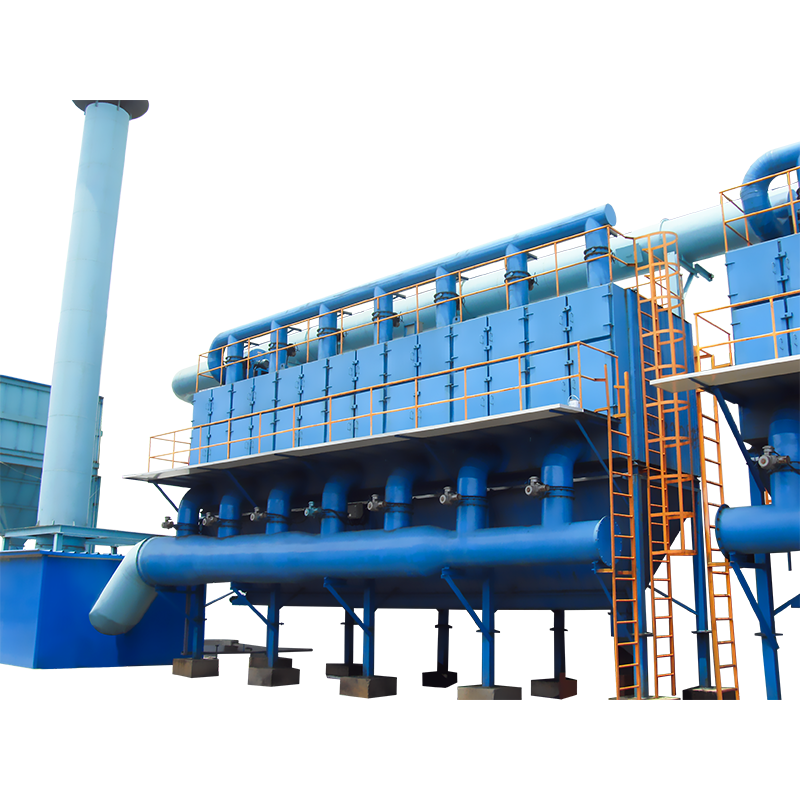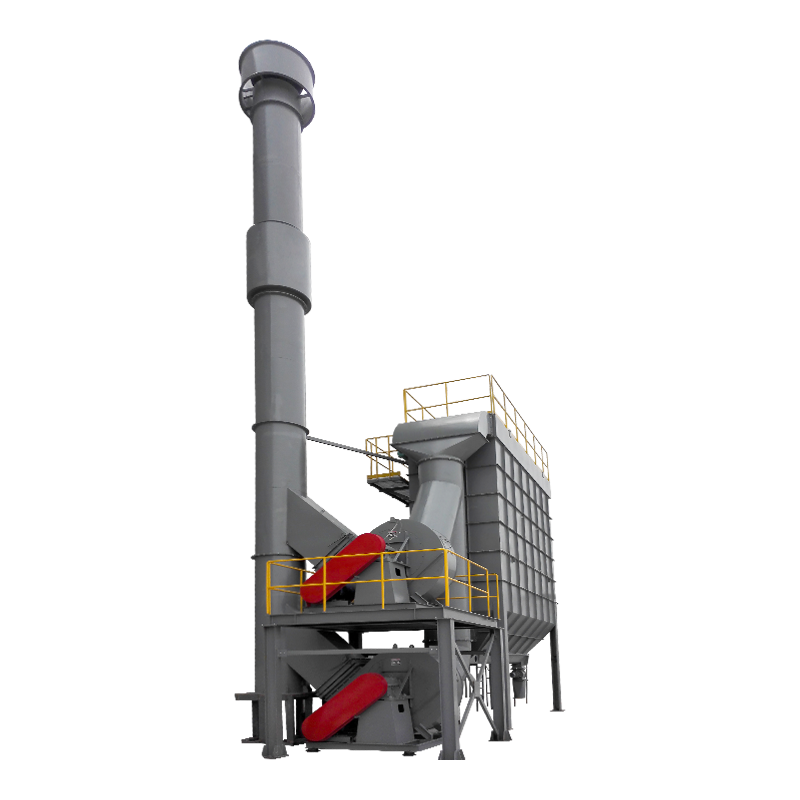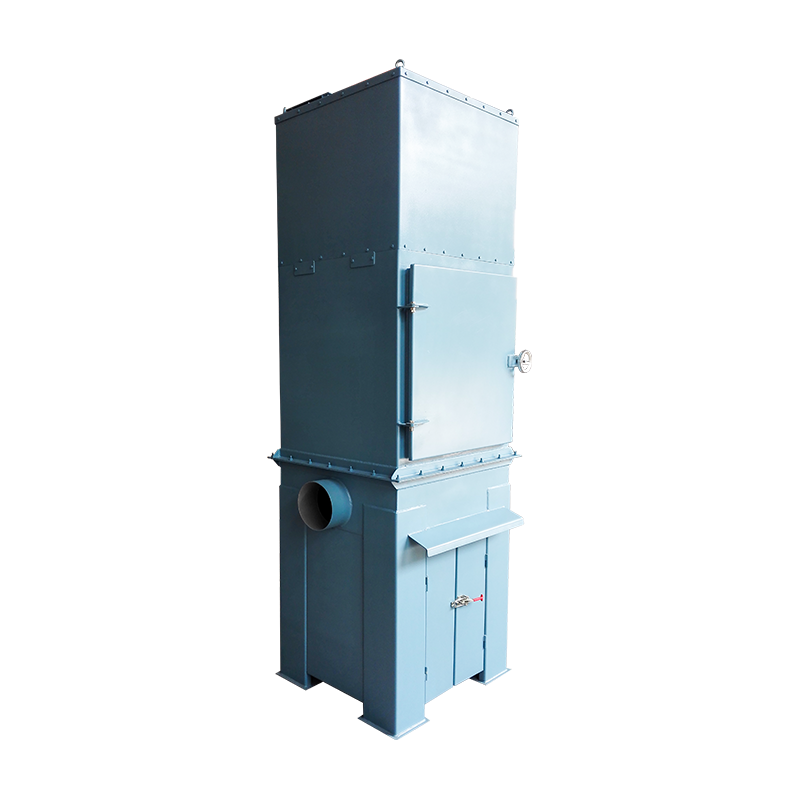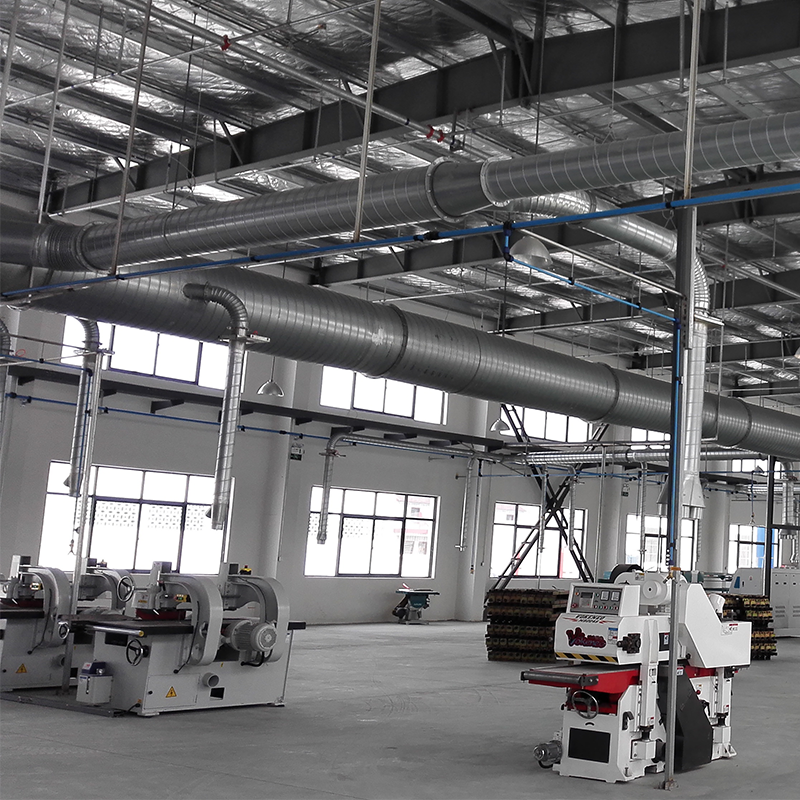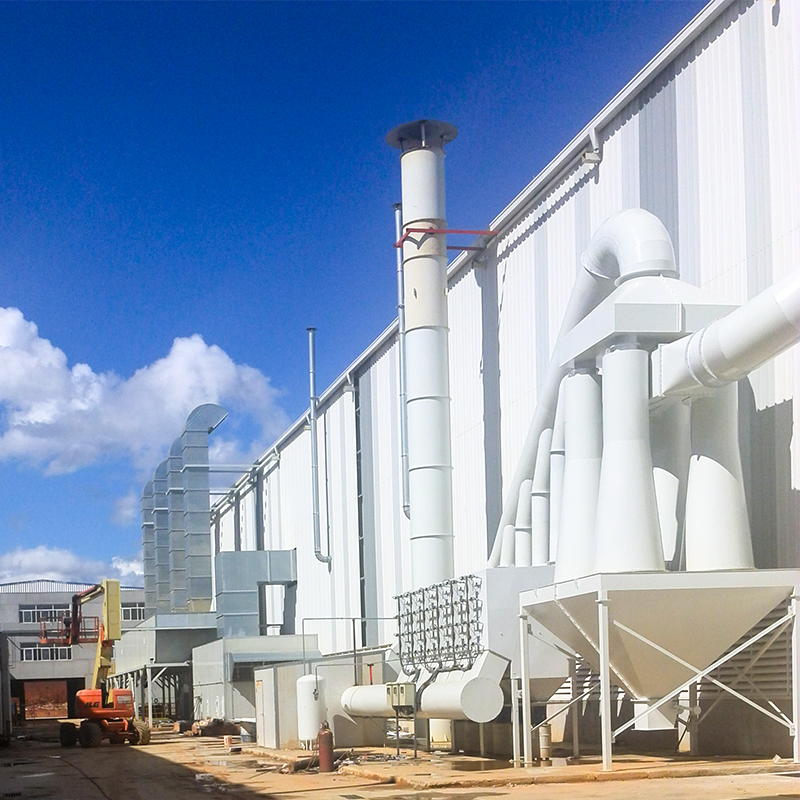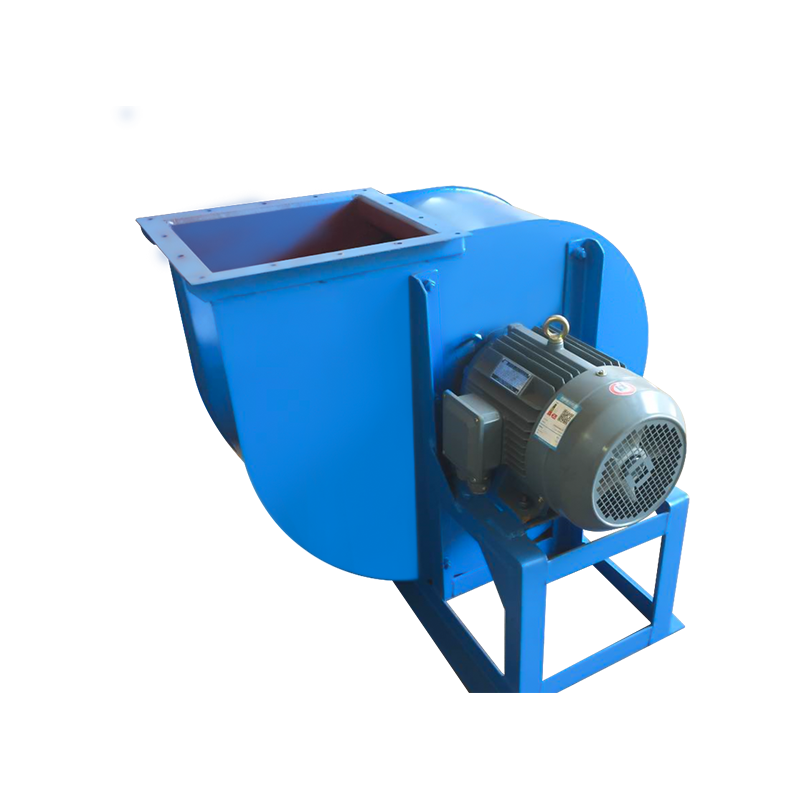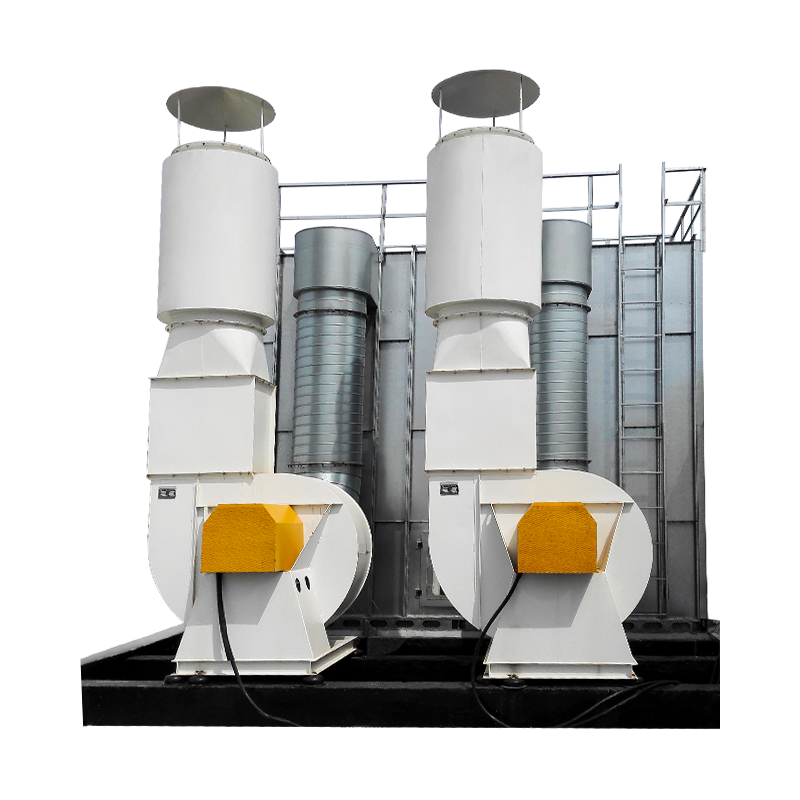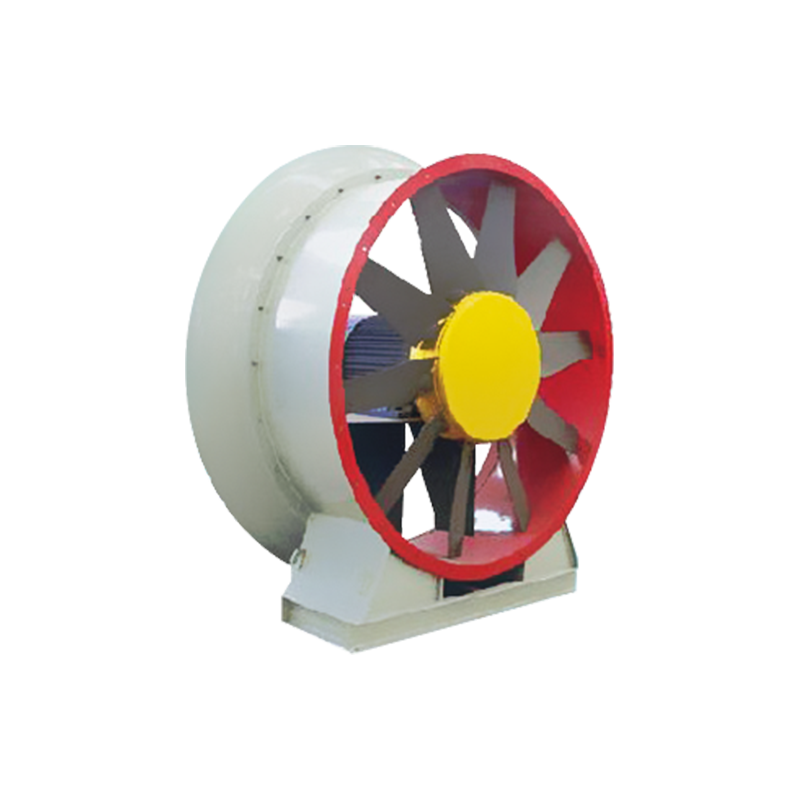In the vast landscape of industrial production, dust pollution is like a hidden reef, constantly threatening smooth production, worker health, and environmental sustainability. As a "super weapon" against dust pollution, the Pulse jet collection system machine, with its superior performance and unique operating mechanism, has become an indispensable key piece of equipment in many industrial sectors.
1. Operating Principle: A Precision-Coordinated Dust Removal "Symphony"
The operating principle of the pulse jet collection system is ingenious and efficient, like a precision-coordinated "symphony." Dust-laden gas first enters the dust collection system's inlet along a specific path. Here, the gas flow rate rapidly slows. Under the influence of gravity, some larger dust particles, like boulders falling to the ground, are the first to settle into the hopper at the bottom of the dust collection system, achieving initial gas-solid separation and marking the "prelude" to dust removal.
The dust-laden gas, after undergoing preliminary filtration, then continues on to the filtration zone, comprised of numerous filter bags or cartridges. These filter media act like fine "mesh" filters. Their pore structure and surface properties trap any remaining fine dust particles in the air, allowing the purified gas to pass through the media and exit through the outlet, completing the main "symphony" of gas purification.
As the filtration process continues, dust gradually accumulates on the filter media's surface, like snow, increasing the filter resistance. This is when the pulse jet cleaning system, a key player, comes into play. Under the precise control of a pulse controller, compressed air is instantly injected through a pulse valve at extremely high velocity into the filter bag or cartridge. This powerful impact, like a sudden surge of wind, rapidly strips away the dust accumulated on the filter media, sending it into the hopper. This "rebirth" of the filter media allows it to continue its efficient operation. This series of cleaning actions, like the climax of a musical symphony, repeats itself over and over again, ensuring the dust collection system maintains stable dust removal performance.
II. Unique Advantages: Industry Leader in Performance
High-Efficiency Dust Removal, Superior Quality: The pulse jet dust collection system delivers impressive dust removal efficiency. Its exceptional ability to capture fine dust, often achieving dust removal efficiencies exceeding 99%, reduces dust concentrations in industrial exhaust gas to extremely low levels. From tiny PM2.5 particles to larger dust particles, these particles are effectively captured, creating a virtually spotless clean environment for industrial production. This effectively safeguards product quality and reduces defects and rejects caused by dust contamination.

Efficient and long-lasting cleaning: Advanced pulse cleaning technology is a key strength of this system. Its rapid and efficient cleaning process completes the filter media in a fraction of the time, minimizing the impact of cleaning on system operation. This ensures that the filter media maintains excellent air permeability and filtration performance, effectively extending its lifespan and reducing equipment maintenance costs. This ensures the dust collection system remains stable and reliable throughout long-term operation, like a tireless and loyal guardian.
Flexible adaptability and wide application: The system is designed with a high degree of flexibility and adaptability, like a master key. The equipment's air volume, filtration area, filter media material, and cleaning parameters can be precisely customized to meet the needs of various industrial scenarios. Whether operating in harsh environments characterized by high temperature, high humidity, and high dust concentration, or in delicate industries with stringent dust emission requirements, pulse-jet dust collection systems are highly effective and readily adaptable. Widely used in numerous industrial sectors, including metallurgy, chemicals, power generation, building materials, and food, they have become the preferred solution for combating dust pollution across various industries.
Economical and Energy-Saving, Green Development: Pulse-jet dust collection systems also excel in operating costs, demonstrating their economic viability. The cleaning process consumes only a small amount of compressed air, significantly reducing energy consumption compared to other energy-intensive dust removal systems, saving businesses money. Furthermore, their efficient dust removal reduces environmental pollution, aligning with the current trend of green development and energy conservation and emission reduction. This helps businesses achieve economic benefits while actively fulfilling their social responsibilities and moving towards sustainable development.
III. Application Areas: Environmental "Guardian" for Multiple Industries
Metallurgical Industry: "Terminator" of High-Temperature Dust: Metallurgical production processes, such as steelmaking, ironmaking, and non-ferrous metal smelting, generate large quantities of high-temperature, complex dust. Pulse-jet dust collection systems, with their high-temperature-resistant filter media and powerful dust removal capabilities, operate stably in high-temperature environments and efficiently collect this dust. This not only improves the working environment and protects workers' health, but also allows for the recovery of valuable metals in the dust, increasing resource utilization and providing solid support for the green and efficient development of the metallurgical industry.
Chemical Industry: "Tamer" of Complex Dust: The chemical industry involves numerous complex chemical reactions, and the dust generated during production is often corrosive and toxic. Pulse-jet dust collection systems utilize filter media tailored to the chemical properties of the dust, effectively protecting it from erosion. They also precisely capture various complex dusts, preventing them from polluting the environment. This ensures safe and environmentally friendly chemical production, making them a valuable aid for chemical companies in achieving clean production.
Power Industry: A "Purifier" of Boiler Dust: Coal-fired boilers are a major source of dust emissions in power generation. Pulse-jet dust collection systems, used in boiler flue gas treatment, effectively remove dust particles from flue gas, reducing dust emission concentrations and meeting increasingly stringent environmental standards. Collected fly ash can also be used as building materials, achieving resource recycling and contributing to energy conservation, emission reduction, and sustainable development in the power industry.
Building Materials Industry: A "Preventer" of Dust Pollution: The production of building materials like cement, ceramics, and glass generates significant amounts of dust at every stage, from raw material crushing and grinding to finished product packaging. Pulse-jet dust collection systems can be deployed at these critical nodes to comprehensively and multi-layer dust collection and purification, reducing wear and tear on production equipment, improving product quality, and minimizing dust pollution to the surrounding environment, safeguarding green manufacturing in the building materials industry.
Food Industry: A "Defender" of Hygiene and Safety: In food processing, such as flour production and baked goods, the presence of dust not only affects product quality but also poses a threat to food safety. With its efficient dust removal performance and hygienic design, pulse-jet dust collection systems can thoroughly remove dust from production environments without introducing secondary pollution, ensuring the hygiene and safety of food processing and protecting consumer health.
With its sophisticated operating principles, superior performance advantages, and wide range of applications, pulse-jet dust collection systems play a vital role in industrial environmental protection. Like a shining star, they illuminate the path forward for green industrial development. With the continuous advancement and innovation of technology, pulse-jet dust collection systems will continue to upgrade and evolve, injecting even stronger impetus into the sustainable development of global industry.

 English
English Español
Español عربى
عربى
